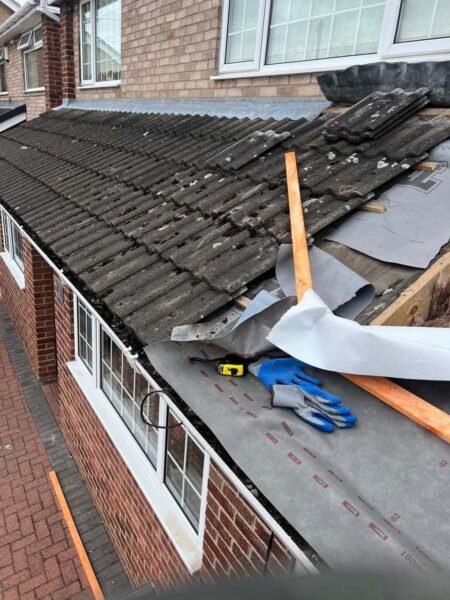Maximising Sun Protection: Designing Flat Roof Overhangs
Introduction: In architectural design, every element plays a crucial role in functionality and aesthetics. One such element often overlooked is the flat roof overhang. While primarily serving as a protective shield against the elements, a well-designed overhang can also provide invaluable sun protection, enhancing comfort and energy efficiency within a space. At TVB Roofing Wellingborough, we understand the importance of thoughtful design in roofing solutions. This blog post will delve into the art of designing flat roof overhangs for optimal sun protection.
Understanding the Importance of Sun Protection:
Excessive exposure to sunlight causes discomfort and can lead to health issues such as sunburn and heatstroke. Additionally, prolonged sun exposure can increase indoor temperatures, increasing cooling costs and energy consumption. By incorporating effective sun protection measures, homeowners and businesses can create more comfortable living and working environments while reducing their carbon footprint.
Factors Influencing Overhang Design:
Several factors must be considered when designing flat roof overhangs for sun protection:
- Geographic Location: The sun’s angle varies depending on the location and time of year. Understanding the sun’s path throughout the day and seasons is essential for determining the ideal size and orientation of the overhang.
- Building Orientation: The orientation of the building relative to the sun’s path will impact the effectiveness of the overhang. South-facing overhangs provide optimal protection against the harsh midday sun, while east—and west-facing overhangs effectively block morning and afternoon sunlight, respectively.
- Roof Pitch: The pitch or slope of the roof affects the shadow cast by the overhang. Lower-pitch roofs may require larger overhangs to achieve adequate sun protection.
Design Strategies for Effective Sun Protection:
To maximise sun protection with flat roof overhangs, consider implementing the following design strategies:
- Optimal Overhang Size: The overhang size should be carefully calculated to provide sufficient shade during peak sunlight hours. A general rule of thumb is to design the overhang to extend at least 2 to 3 feet beyond the exterior wall.
- Adjustable Overhangs: For versatility, consider installing adjustable overhangs or shading devices that can be retracted or extended as needed. This allows occupants to customise their sun exposure throughout the day and seasons.
- Incorporating Greenery: Strategic placement of trees, vines, or trellises near the building can provide additional shade and complement the functionality of flat roof overhangs.
- Reflective Roofing Materials: Choosing light-coloured or reflective roofing materials can help reduce solar heat gain and enhance the effectiveness of the overhangs in blocking sunlight.
Conclusion: Incorporating flat roof overhangs with effective sun protection capabilities is a smart design choice and a sustainable one. By partnering with experts, clients can benefit from our expertise in designing and installing roofing solutions that prioritise functionality and aesthetics. Together, we can create spaces that are not only beautiful but also comfortable and energy-efficient, enhancing the overall quality of life for occupants while minimising environmental impact.
Call us on: 01933 823 227
Click here to find out more about TVB Roofing Wellingborough
Click here to complete our contact form and see how we can help with your roofing needs.

